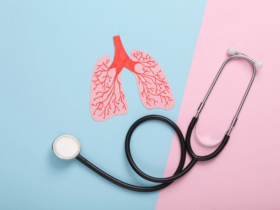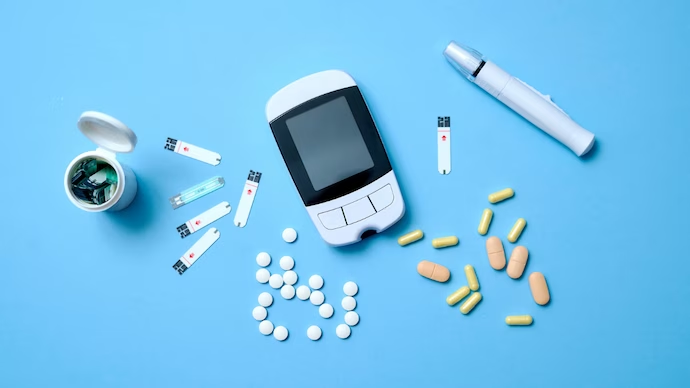United States: An examination recently conducted, detailed in Scientific Reports, delved into the impact of prior coronavirus disease 2019 (COVID-19) infection on socioemotional functioning via behavioral immunity markers among 734 workers from Mechanical Turk (MTurk).
The aftermath of COVID-19 infection can have enduring repercussions on mental health and overall well-being, exacerbating the adverse effects of pandemic-induced social and emotional disruptions.
This prompts inquiry into whether COVID-19 elicits adaptive behavioral immunity, a psychological mechanism fostering avoidance behaviors to safeguard against future infections, as per news-medical.net.
Such a mechanism might heighten aversion responses to cues of infection and generalize them to neutral stimuli, potentially disrupting socioemotional functions.
Further investigation is warranted to corroborate and deepen comprehension of the intricate interplay between adaptive behavioral immunity and socioemotional disruption, thereby guiding targeted interventions for post-infection mental health struggles.
Study Overview
The study involved adult participants, all MTurk workers aged 18 or older, proficient in English, residing in the United States, and devoid of prior mental health issues. Following initial screening via an online questionnaire, 912 individuals were enrolled.
Certain participants were excluded due to failed attention checks, minimal variance in image ratings indicative of insincere responses, and inconsistencies in survey replies.
Ultimately, 734 participants completed the study, furnishing demographic details and undergoing all study protocols, which received approval from the Institutional Review Board at Penn State University.
Conducted entirely online during the COVID-19 peak and Omicron variant emergence, the study utilized participants’ personal electronic devices.
Procedures encompassed a screening survey, demographic and health history questionnaires, and a specialized image rating task aimed at eliciting emotional responses to diverse stimuli, as highlighted by news-medical.net.
This task entailed images designed to evoke neutral, infection threat, and bodily harm responses, rated based on disgust, fear, and perceived sickness and harm risks. These images were sourced from professional stock photography services and standardized in dimensions and resolution.
Participants progressed through the study by completing an online consent form, demographic and health surveys, and the core image rating task, involving trials wherein each image was evaluated across various emotional response scales.
Data from image ratings and self-reported pandemic disruption measures were scrutinized to explore associations between prior infection, emotional responses to images, and perceived socioemotional disruptions amid the pandemic.
Study Findings
Participants commenced by disclosing their COVID-19 diagnosis history and pandemic disruption level via online questionnaires.
Subsequently, participants engaged in an affective image rating task, responding to 90 images evenly distributed across three categories: infection threat, harm threat, and neutral.
The images were appraised based on behavioral immunity and harm avoidance indicators using four Likert scale statements.
Multilevel models evaluated the efficacy of these image types in eliciting responses corresponding to the two psychological systems, revealing notable discrepancies in reactions to threat versus neutral images, notably accentuating distinct activation of the behavioral immune system by infection cues compared to harm cues.
The first hypothesis probed whether behavioral immunity mediated the link between prior COVID diagnosis and heightened pandemic disruption.
Employing the product of coefficients approach, mediation was scrutinized by calculating and bootstrapping paths from COVID diagnosis to image ratings and from image ratings to pandemic disruption, news-medical.net outlined.
Results indicated that barring disgust ratings for infection images and all other ratings substantially mediated the association, with previously diagnosed individuals reporting elevated levels of disgust and sickness appraisals across all image types, correlating with increased pandemic disruption.
The second hypothesis explored the relative mediation strength of behavioral immunity responses to neutral versus infection images, positing that responses to neutral images would exert stronger mediation on the diagnosis-disruption link.
Bootstrapping differences in indirect effects confirmed this for disgust responses, though not for sickness appraisals, implying that activation of behavioral immunity to neutral images assumes a more prominent role in mediating pandemic disruption.
Lastly, the third hypothesis investigated whether typical harm avoidance indicators, such as fear and harm appraisals, also mediated the COVID-19 diagnosis–pandemic disruption relationship.
Analysis revealed that fear responses to all image types and harm appraisals to neutral and infection images significantly mediated this relationship, except for harm appraisals to harm images.
This underscored a broader activation of threat responses post-COVID diagnosis, implicating both behavioral immunity and harm avoidance systems in the pandemic’s psychological ramifications.















